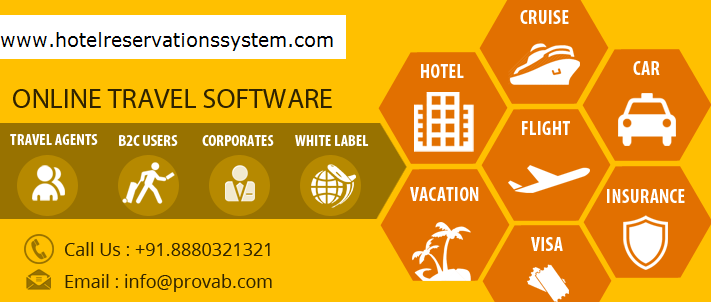What are the different Segments in Travel Technology?
The travel market is a large and diverse market in the United states and canada region. Marketers use segmentation to better understand customer needs and allocate marketing dollars effectively. The segmentation rests on extensive quantitative research focusing on large numbers of people and grouping them together based-upon shared characteristics such as demographics, behavioral patterns, or cognition ratings.
>> Looking for A Booking Software : Request A Quote
Largely, there are two types of Segments in Travel Technology:
Active Segment
Passive segment
Active Segment
Airline bookings: each separate flight segment reservation identified by a separate flight number in a PNR, multiplied by the number of passengers booked in such PNR for such a flight segment.
2 Hotel bookings: each separate reservation processed through the GDS, regardless of the number of rooms or the number of persons or the duration of the stay.
3 Car rental, bookings: each separate reservation processed through the GDS, regardless of the number of vehicles or persons or the duration of the rental.
4 Cruise bookings: each separate cabin reservation, regardless of the number of travelers or the duration of the cruise.
5 Tour bookings: each separate reservation, regardless of the number of travelers or the duration of the tour.
>> Looking for A Booking Software : Request A Quote
Passive Segment
A passive segment is a segment entered in a GDS that does not result in a ticket being issued. There are three situations when passive segments are booked:
1 Basic passive segment
2 A passive segment with due or paid fare or taxes from a refund or exchange
3 Passive segment as a retention segment


